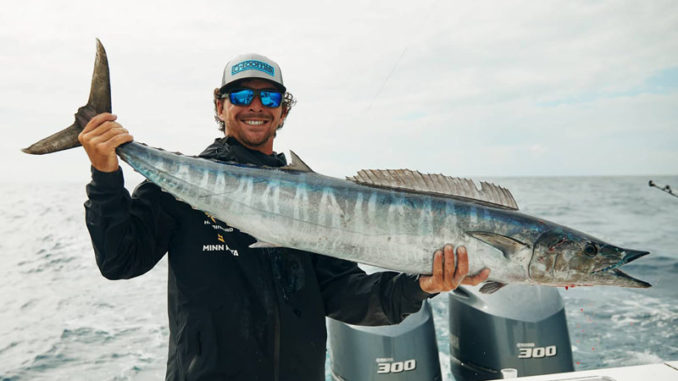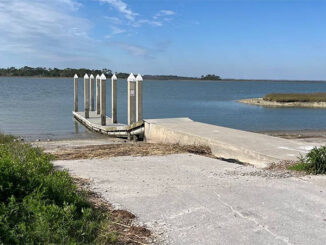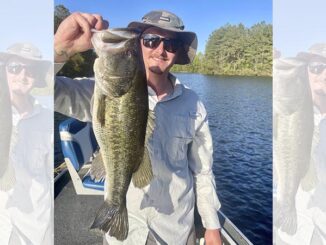
WAHOO! Here’s how to catch this hard-fighting, great-tasting fish
March is a time many South Carolina anglers have been looking forward to for several months. And the Lowcountry wahoo bite is one reason. These fish get cranked up offshore of Charleston this month, and anglers who’ve been suffering through the winter are happy to see them and eager to catch them.
March can be a cruel month. With temperatures ranging from winter-cold to spring-like. With windy and rainy days mixed in, it can be a bit of a tease to anglers itching to don shorts and flip-flops. But wahoo are out there. So if you watch the weather closely and pick your days, a trip can be one you won’t forget.
Trolling is the key to catching wahoo. But some anglers disagree on the correct speed. Some troll as slowly as 2 knots. Others crank it up to anywhere from 12 to 20 knots. Many start off trolling fast while scanning the ocean, looking for tell-tale signs of potential wahoo, then slow down if they’re not getting consistent bites. Once they slow down, they focus their efforts on areas they have pinpointed as having the most potential.
Look for signs of life
Anglers find wahoo a number of ways, and they can usually find plenty without running all the way to the Gulf Stream. Temperature breaks are always good spots. Simply looking for life is also popular.
“Wherever you see signs of life, that’s always a good place to troll. Whether it’s dolphins, baitfish, diving birds or even sea turtles,” said Jeremy Burham, a Lowcountry offfshore angler. “Any type of live activity is a likely spot to find wahoo this time of year.”
A basic spread for wahoo trolling includes rods off each side of the boat. The lines from these rods are let out the farthest. Rods off each corner have their lines slightly shorter. This helps keep the lures from tangling when turning the boat. Another rod is used straight off the back of the boat. This line is the shortest, and anglers like to keep that lure in the prop wash at the tail end of whitewater coming off the motor.
Skirted and naked ballyhoo are popular for trolling. But other lures like Ilanders, Yo-Zuri Bonitas, Blue Water Candy Hoodinis, and MagBay MagTrak lures also see plenty of action.
Be prepared for a fight when fishing for wahoo
For anglers like Ben Powers of Reel Time Charters out of Charleston, catching a wahoo is one of the thrills March provides. It’s also challenging. These fish don’t come to the boat easily, and it requires stout gear, including reels with large line capacities.
“I hooked a good one on a MagBay MagTrak lure that I had about 100 feet behind the boat, right in the prop wash,” said Powers (843-475-9660). “He dumped every bit of 500 to 600 yards of line. He was making some gnarly head shakes during the whole fight. It was just constant give and take. I was taking a little line, giving a little line. That’s what this game is all about.”
On a stout offshore rod, Powers uses a Shimano Talica II 50 reel loaded with 80-pound braided line connected to a short, 200-pound cable leader, which is connected to the lure.





Be the first to comment